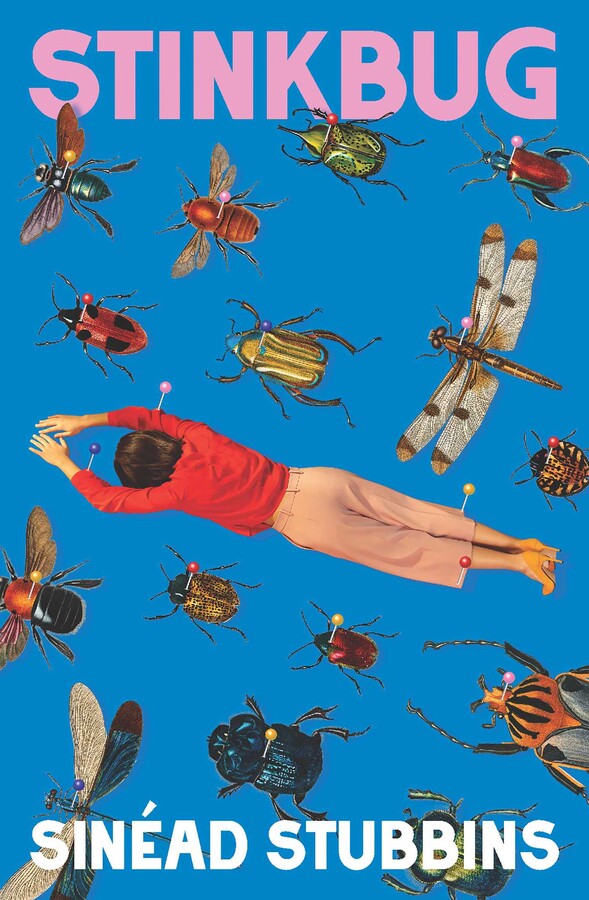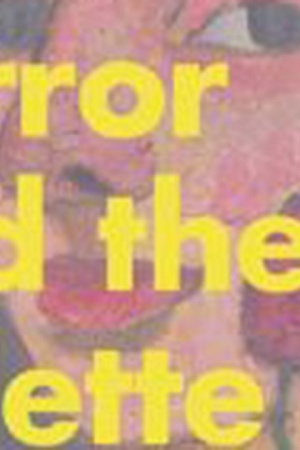Biography: A brief history
Harvard University Press, $44.95 pb, 345 pp
Biographical claims
Beginning with a lament on the lack of serious academic attention that has been paid to biography, despite its enormous popularity and importance, Nigel Hamilton seeks to make good part of this deficit by providing an overview of its history and development. The account he offers is engaging and remarkable in its breadth and scope. It is customary for more literary histories of biography to begin in the classical world with Plutarch or Suetonius, and to end with the ‘new biography’ of the 1920s and 1930s. Hamilton, by contrast, begins with the first depiction of a real human drama in a prehistoric cave painting, and ends with a discussion of the death of Dolly, the cloned sheep. This latter issue is not merely frivolous on his part, but leads to a discussion of the ways in which biography might be written in a new technological world in which individuality, as currently understood, ceases to exist as life becomes technologically created, standardised, and processed.
As this might suggest, the definition of biography with which Hamilton works is an unusually broad one. It includes any form of the recording or interpreting of real lives. He rejects the idea that these lives need to be written in any particular form. Indeed, he regards it as a singular misfortune that when the term ‘biography’ was first introduced into English by Dryden in 1683, it came to refer specifically to ‘the history of particular men’s lives’. Hamilton makes much of the way that this definition excludes women – an objection that would have been more convincing had the counter story that he offers using a broader definition of biography not been so relentlessly masculine. But what concerns him more is the way that this definition excludes not only many forms of literature, but also the personal writings that are now included in the wider term ‘life writing’ and the other ways in which lives can be created or represented visually, especially through film.
Continue reading for only $10 per month. Subscribe and gain full access to Australian Book Review. Already a subscriber? Sign in. If you need assistance, feel free to contact us.











Leave a comment
If you are an ABR subscriber, you will need to sign in to post a comment.
If you have forgotten your sign in details, or if you receive an error message when trying to submit your comment, please email your comment (and the name of the article to which it relates) to ABR Comments. We will review your comment and, subject to approval, we will post it under your name.
Please note that all comments must be approved by ABR and comply with our Terms & Conditions.